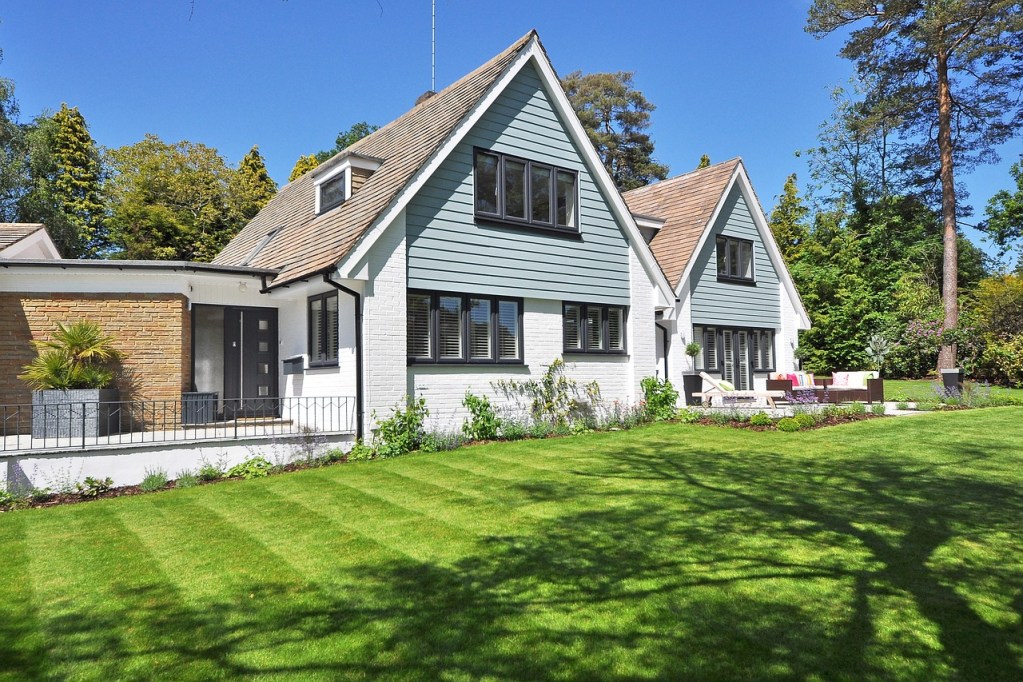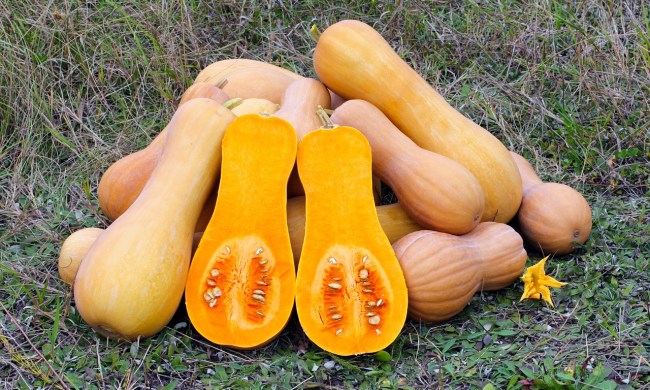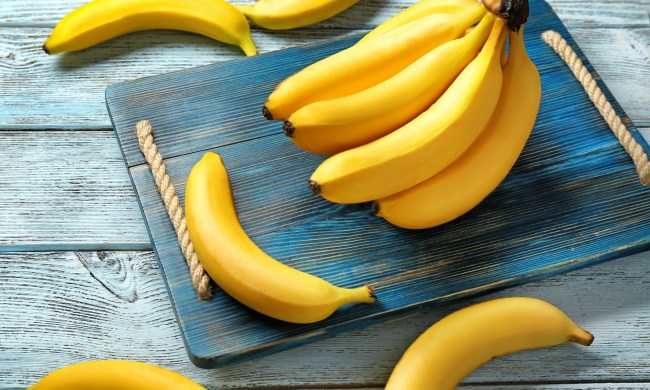St. Augustine is a popular lawn grass, often compared to grasses like zoysia or Bermuda grass. Often recommended for first-time homeowners, St. Augustine is low-maintenance and grows in a beautiful shade of green. Just because it’s popular doesn’t automatically mean it’s right for you, though! If you’re considering planting St. Augustine grass, looking for general information, or just curious, here’s everything you need to know about planting and caring for it to decide if St. Augustine is the best grass for your lawn.

What is St. Augustine grass?
St. Augustine is a grass variety that enjoys warm weather. It’s popular for being low maintenance and growing densely. If you want a thick, luscious lawn with minimal effort, St. Augustine grass is a good choice. Rather than the typical vibrant green color associated with most grasses, St. Augustine has a bluish tint.
If you live in a coastal region or an area known for salt mining, then you may be familiar with the difficulties associated with growing grass in salt-rich soil. St. Augustine, however, is remarkably salt tolerant. In fact, it’s popular in many coastal regions since it is one of the few grass varieties not hampered by the heavy salt found in those areas. This is reflected in its name: St. Augustine, after St. Augustine, Florida.
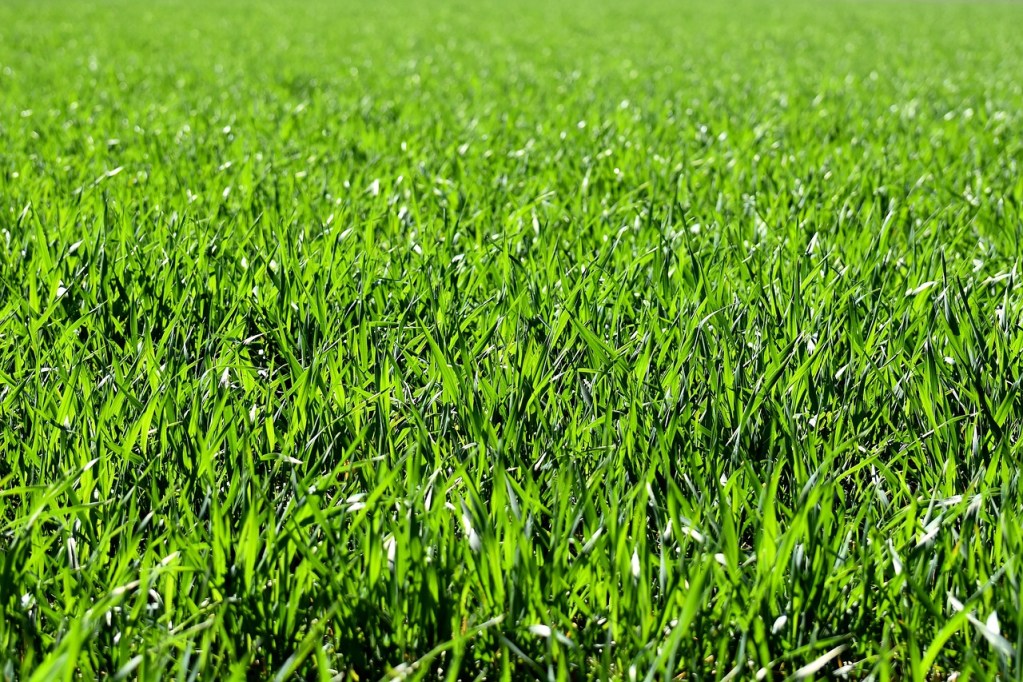
When and how to plant
St. Augustine grass thrives in heat, so plant your sod or plugs in late spring or summer. Choose a time after the last frost of winter and at least three months before the first frost of fall. Once the roots are fully developed, St. Augustine grass will survive the winter mostly intact, but make sure you give your grass plenty of time to establish itself. Weaker, newly developed roots are vulnerable to frost damage.
St. Augustine is available in sod and plugs, so you can choose the planting method that best works for you. In some areas, you may find it more readily available in one form over another, so it’s best to check with your local lawn and garden stores. No matter which method you choose, there are a few steps to take before and after planting.
- Clear away old grass, sod, or weeds
- Loosen the soil
- Water your soil before planting
- Plant your plugs or lay your sod
- Spread any mulch, fertilizer, or compost
- High nitrogen fertilizer or compost is best, otherwise, use a balanced mix
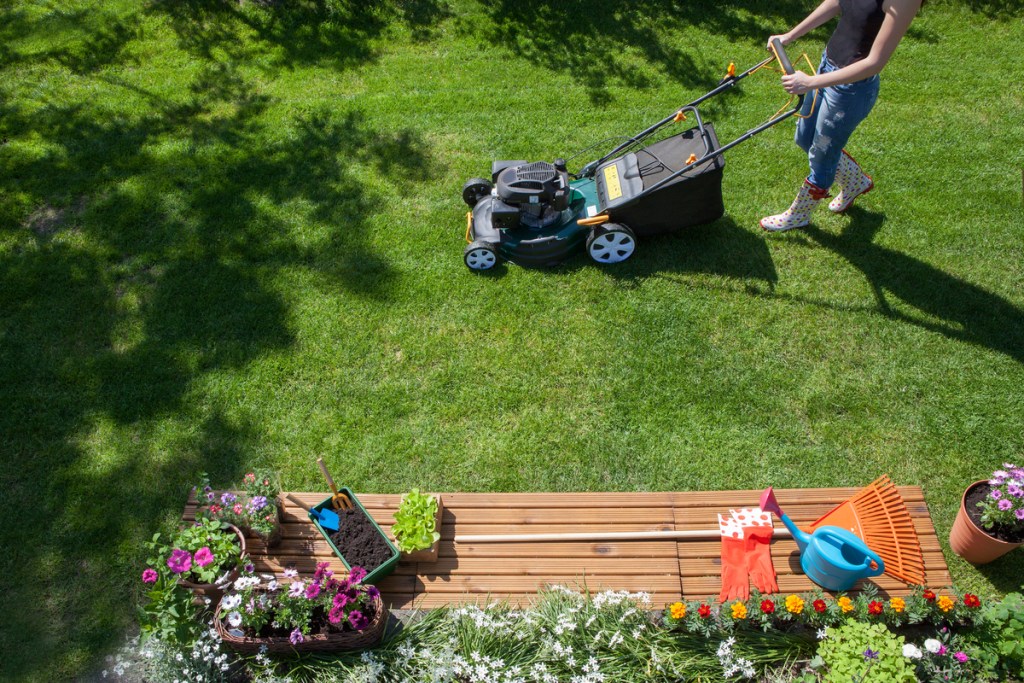
Care and upkeep
Once you plant your lawn, you’ll need to keep the soil moist for the first seven to 10 days so the roots can grow. Afterward, water as needed depending on your climate. Dryer climates may need watering once or twice a week, while grass in wetter climates may be able to subsist off rain alone. During the first week of growth, keep a keen eye out for fungal infections, which like to breed in wet soil. If caught early, many fungal infections can be suppressed through plenty of sunshine and nitrogen. Severe infections, however, may require special treatment with a fungicide.
After your plugs have begun to spread, you can begin applying extra fertilizer and mowing as you typically would. In general, it’s best to fertilize your St. Augustine grass every two to three months. When mowing your lawn, cutting too much off the top can stress your grass, leading to patchy, dying lawns. The ideal height is two to three inches tall.
After winter, especially in regions with harsher weather, inspect your lawn for patches that may need resodding. St. Augustine will spread and fix small patches, but it may be faster to use plugs or sod large patches. However, wait until after the chance of frost has passed.
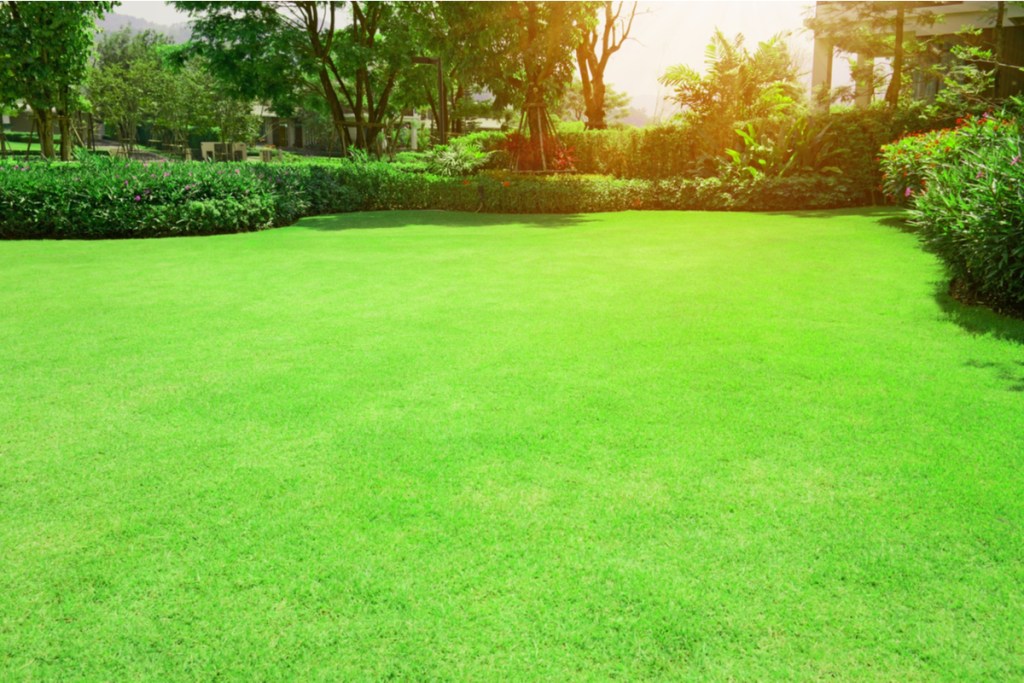
How does St. Augustine grass compare to other common lawn grasses?
When deciding if St. Augustine grass is right for you, it’s important to compare it to other lawn grasses. Zoysia and Bermuda grass are the two types of grass most commonly compared to St. Augustine, as they prefer roughly the same temperature range. St. Augustine has a higher tolerance for shade and salt than either zoysia or Bermuda grass, although zoysia will tolerate more shade than Bermuda grass. However, both zoysia and Bermuda grass are more drought tolerant than St. Augustine. All three will spread to fill in your yard, with Bermuda grass spreading the fastest.
Now that you know the basics of caring for St. Augustine grass, you’re ready to start planting the lawn of your dreams. This grass is a good fit for many lawns; but, if you still aren’t sure if it’s right for you, talk to the experts at your local garden and lawn supply stores. St. Augustine grass is low maintenance, reliable, and has a high salt tolerance, but the most important thing is how you feel about your lawn. If you want grass you can trust, St. Augustine might be the right grass option for you.
